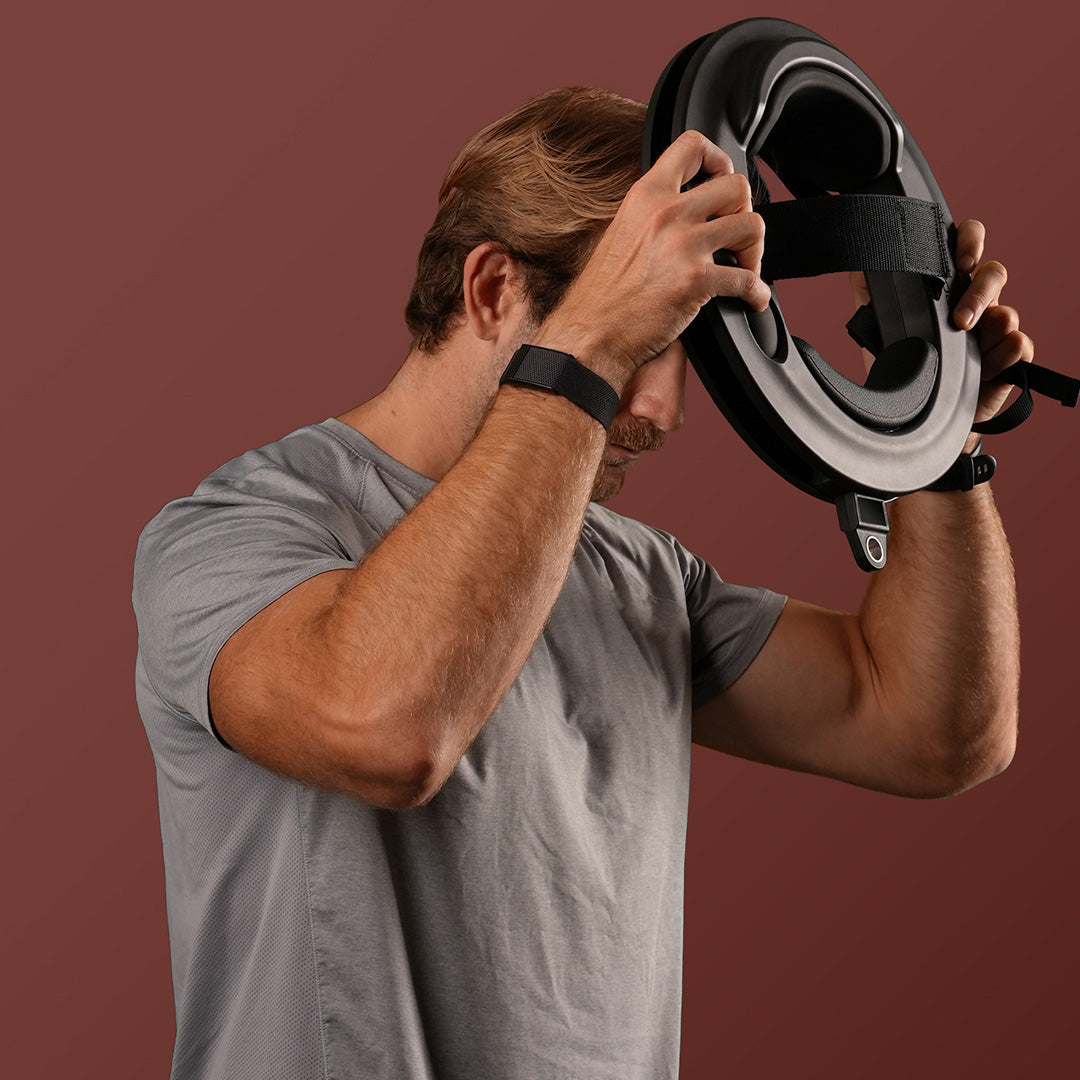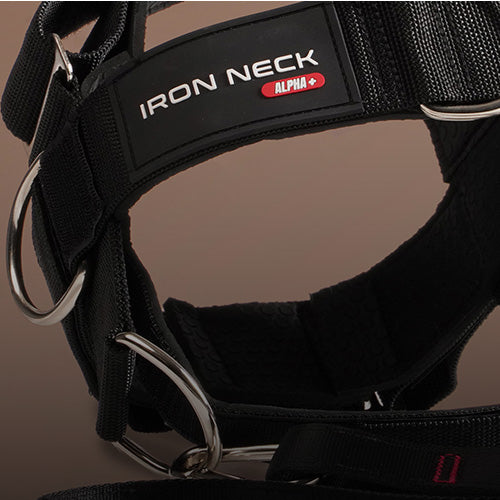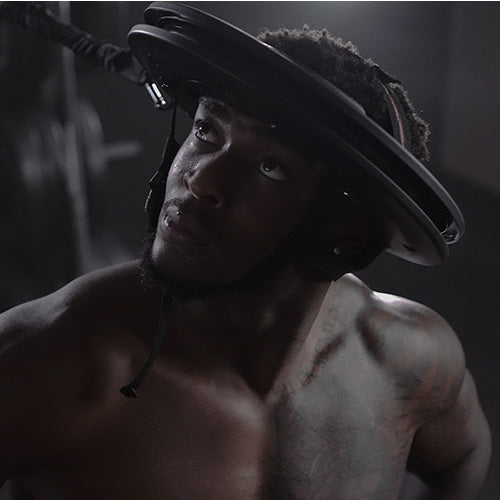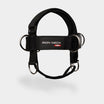Running is one of the best aerobic exercises that you can do. In fact, studies show that running every day for just 5 to 10 minutes at a moderate pace may lead to benefits such as the reduced risk of cancer, neurological diseases (e.g. Alzheimer's), cardiovascular diseases, and death from a heart attack or stroke.
More than that, running provides instant benefits in terms of sleep, mood, and ability to concentrate. After a good run, you are likely to feel refreshed and in a better mood than before - thanks to that runner’s high. When you go to bed, the exercise can also help you fall asleep faster and stay asleep throughout the night.
What you don’t expect is neck pain. If anything, you’d expect sore legs, ankles, knees - but not your neck. So, why are you experiencing neck pain after running?
In this article, we will dive deep into the causes of neck pain after running, how to prevent it, and what you can do to achieve relief from neck pain after a run. We will spare no details, so make sure to read until the end!
Why Do I Experience Neck Pain After Running?
There are a number of reasons why you sometimes feel pain in your neck after running or jogging. It can be as simple as bad form or a pinched nerve–or perhaps something more serious like an unnoticed injury. To better understand how you can prevent neck pain, let’s go over the potential causes of neck and shoulder pain after running:
Poor Posture
Poor posture is one of the most common causes of neck pain–and not just after you exercise. Keep in mind that when you are running, your body is under a lot of stress. Every time your foot hits the ground, the force is adding strain to your legs, hips, spine, and of course, your neck. So, if your body is not in the proper alignment while running, more pressure and strain will accumulate in your neck, leading to pain.
Poor Running Technique
When you first start running, you may think that any technique will do as long as you get your heart rate up. However, running the wrong way (yes, there is a wrong way to run) can lead to all sorts of pain in your neck, legs, feet, back, and shoulders–and that’s just the tip of the iceberg.
There are many mistakes to avoid when running. This includes looking down, hunching your shoulders, moving your arms too much, leaning forward from the waist, and taking overly large strides. All of these culminate into a poor running technique, which will eventually lead to problems ranging from minor pain and discomfort to serious injury.
Muscular Imbalances or Weakness
Muscular imbalance is when the muscles of one side of your body are smaller or weaker than the other. It can also describe when one side of your body is tighter and less mobile than the other side. This condition can stem from bad posture, lack of physical activity, or improper form while exercising.
Muscular imbalance can lead to a host of problems, including limited mobility, an unbalanced appearance, and pain. It can also affect your head position, pelvic tilt, leg rotation, and hunched shoulders. If not taken care of, muscular imbalances will lead to serious injury down the road. That said, having a muscular imbalance can have a significant effect on your running posture as well as your running technique, making you more susceptible to pain.
Underlying Injury
An injury in the shoulders and/or neck, such as a pinched nerve or neck sprain, can be aggravated by running. This is why you should consult your doctor before returning to running if you have sustained a neck or shoulder injury. At the very least, you may experience mild to moderate pain in your neck. But in the worst cases, you may re-injure yourself.
How To Prevent Neck and Shoulder Pain After Running
Neck and shoulder pain is an overall, well, pain in the neck. You may experience a limited range of motion, which can prevent you from going about your day normally. And, of course, having pain in your neck and shoulders is never a pleasant experience.
To prevent pain in your neck and shoulders after running, here are some of the most useful tips to follow:
Evaluate Your Running Posture/Gait
Maintaining proper posture and gait is imperative to reaping all the benefits of running. More importantly, it is the best way to prevent pain in your neck and shoulders after running.
The next time you run, follow these posture rules. First, look ahead and keep your head in line with your shoulders. This prevents your head from hanging heavily on your shoulders and causing pain in your neck. Similarly, avoid looking down or leaning your head forward.
Next, align your shoulders with your hips. If they are rounding forward instead, you are putting more strain on your lower back and, at the same time, limiting room in your lungs.
Lastly, make sure that the ground is striking the middle of your foot with each step. In doing so, you can reduce the stress on your joints as well as maintain forward momentum. Experts believe that this technique is beneficial to short-distance runners, long-distance runners, and sprinters.
Stretch & Strengthen The Neck & Shoulders
If your neck and shoulders are weak, they are more susceptible to pain and injury. The same goes if you run without proper warm-up and stretching of your neck and shoulders.
To prevent pain in these areas after running, always make it a point to stretch the muscles in your neck and shoulders sufficiently. Doing so helps loosen the muscles and prepare them for exercise, which reduces the risk of pain and injury due to increased stress.
But if you want a more long-term solution, shoulder and neck training are highly recommended. Strengthening the muscles in these areas makes them more capable of absorbing force with minimal damage. Thus, you become less susceptible to pain, and there is a lower risk of injuries like muscle strain, neck sprain, and pinched nerves.
To help you get started, we have an article on the best neck exercises to build a more resilient neck. Be sure to check it out!
Don’t Overdo It
There is a fine line between pushing yourself and crossing your physical boundaries in terms of safety. If you push yourself too hard on a run, you could very well end up causing pain in your body–or worse, injury. This could end up putting you out of commission for weeks or even months.
All that said, avoid pushing yourself too hard while running. Run at an appropriate pace and stop for a break if you’re tired. But if you start to feel pain in any part of your body, it may be a sign to stop and rest for the day.
How To Treat Neck Pain After Running
Fortunately, mild neck pain can be treated at home. If you notice an ache in your neck after running, here’s what you can do:
Use Cold or Hot Compress
Applying heat to your neck can increase blood flow to the area and soothe your muscles, which can help alleviate pain and heal damaged tissues. Using an ice pack or a cold towel, on the other hand, reduces blood flow to your neck, effectively minimizing inflammation and swelling in the area.
Stretch
Stretching is a common treatment for mild neck pain. It helps release tension in the muscles, expand your range of motion, and relieve discomfort. To soothe the pain in your neck after running, gently tilt your head back and forth then side-to-side for about 5-10 seconds for each repetition. Try to do around 10 sets for each side.
Take OTC Medication
If all else fails, take over-the-counter pain relievers like ibuprofen or acetaminophen. Do not take more than the recommended amount per day. If the pain still persists, try a combination of cold/heat therapy and stretching.
See a Doctor
If you are experiencing severe pain in your neck after running, it is best to seek professional help as soon as possible. Similarly, if you experience other symptoms like vomiting, fever, headache, tingling, or numbness, see a doctor immediately.
Final Thoughts On Neck and Shoulder Pain After Running
The pain that you experience in your neck and shoulders after running likely stems from bad posture and poor running technique. Otherwise, it may be an underlying injury or perhaps a muscle imbalance. Either way, there are plenty of solutions to help you get rid of this sort of pain, including shoulder training, stretching, and–most importantly–neck training.
Neck training is most effective with the right neck exercises machine. If you want to start building strength, endurance, and resiliency in your neck ASAP, check out the best neck training equipment from Iron Neck today.











